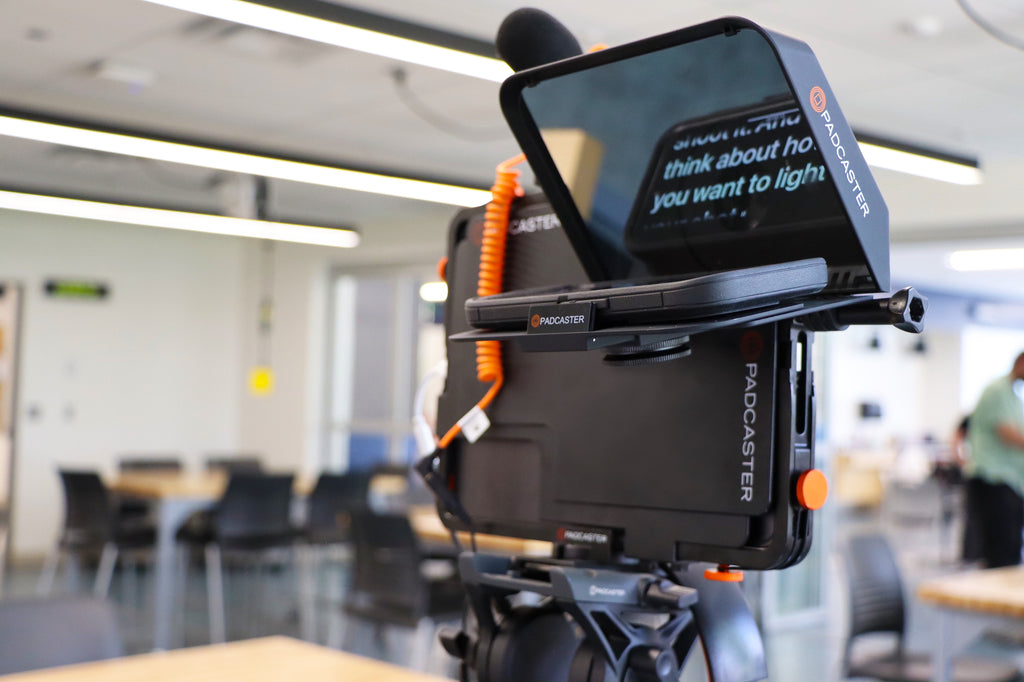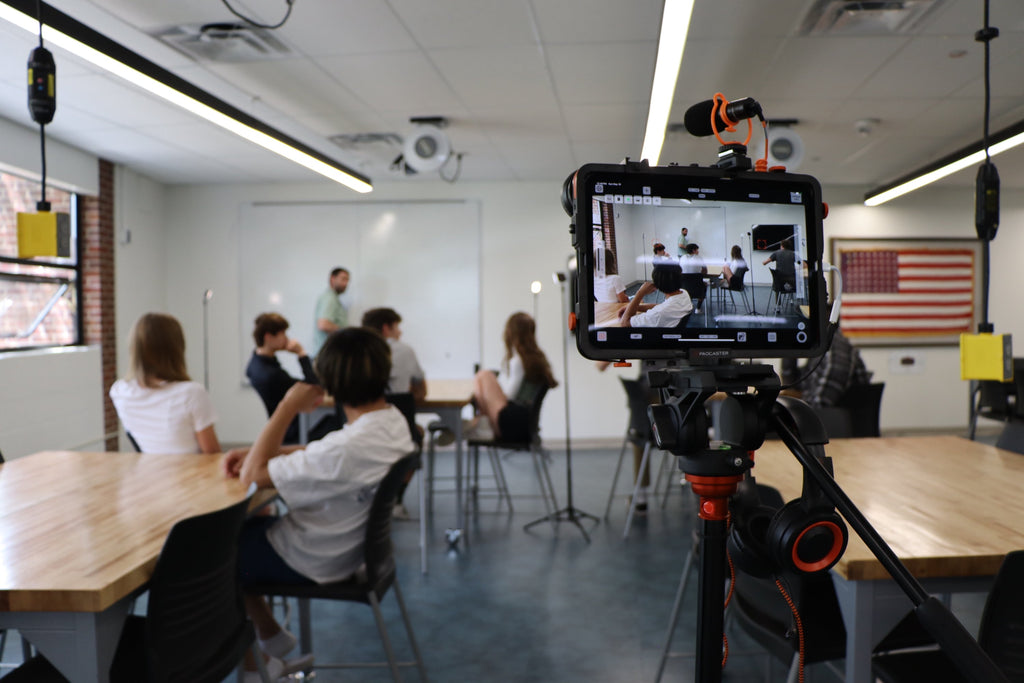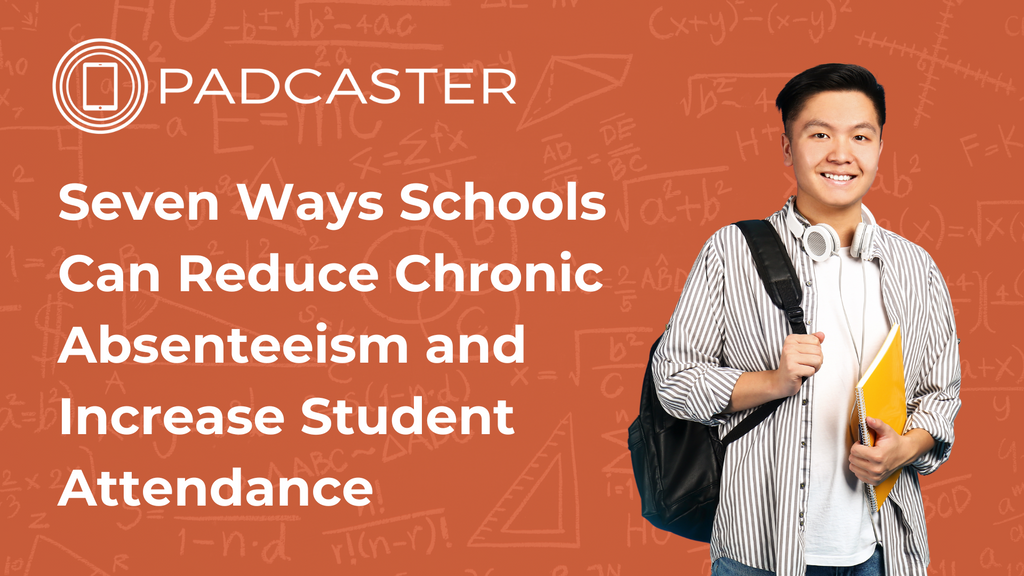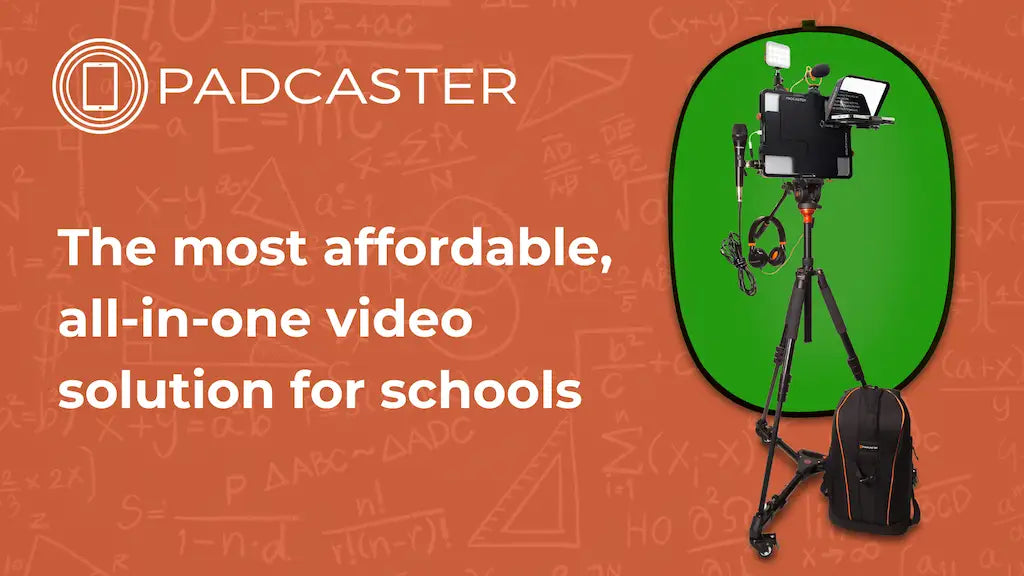
School districts around the world are facing a fall semester unlike any other, and many educators are turning to distance and hybrid learning as a solution. Although the beginning of the school year is likely to look different for each district, it’s becoming increasingly apparent that schools will likely have to prepare to pivot between in-class and distance learning. Creating a distance friendly learning strategy will help you face the academic challenges of the fall in addition to preparing you to support your students. Here are six tips to help you succeed in the new learning landscape.
Design a Flexible Curriculum
Whether your school is entirely remote or implementing a hybrid learning structure, your flexibility is imperative. As the past few months have shown us, safety guidelines can change quickly, and having a curriculum that can support both distance and in-person learning will be crucial. It will save you and your students’ valuable learning time and help you to avoid stress if you need to quickly pivot. Making some simple decisions in advance, such as: deciding on a platform to stream/post lectures, making sure you have the right equipment, and establishing methods to quickly contact students. Extend that flexibility to your students as they will likely not be able to concentrate on school work in the same form as they were previously. Take some extra time to make sure your assignments’ instructions are simple and easy to follow. Consider creating FAQ sheets for lessons as some students may end up watching lectures at different times and could have similar questions.
Even At Home, Location Matters
As the previous months in quarantine have shown us, having a dedicated workspace at home is crucial. Many students, especially the younger ones, may not realize how important this is to their success. Create, or collaborate with your students to create a simple guide to designing the “perfect” remote learning space. These don’t have to be fancy, although encouraging some decoration can be a fun at-home activity, they just need to fit the student’s needs as best they can. The ideal at-home workspace should have plenty of good light, a comfortable place to sit upright, and of course minimal distractions. You can check out how Digital Media Educator Erika Sandstrom encourages her students to create their focus area by setting up her own perfect remote workspace here.
Have an Easily Accessible Library of Lectures
The key to a successful hybrid learning semester comes down to stress management and a great way to do just that is with easily accessible resources. Having a library of past lectures will not only help your students but it could also help your colleagues. If you’re remote teaching, don’t forget to record your lessons and post them in easily accessible areas, and let students and parents know that they can access them at any point. It’s also a great idea to record your lectures even if you’re teaching from your traditional classroom for future use. SchoolTube.com is a great place to post your recorded classes or as a source of additional video lectures for your students to watch. Don’t forget to research your district's privacy policies and blur out your students’ names or faces if you need to.
Connect With Other Teachers Online
Don’t be afraid to ask for help or grow your teacher community. Social media is a great place for sharing resources or just connecting with others in your field. Join a teacher-focused Facebook group such as TeachWithTech, Technology Teacher Talk With Brittany Washburn or even the Fitness For Teachers group who are focused on self-care. There are also a number of education-focused hashtags on Twitter to check out such as #EdTechChat, #distancelearning, #blendedlearning, and #hybridlearning to name a few. Online communities are great places to share curriculum ideas, popular education technology, tips for keeping up student morale or just talking to fellow educators from around the globe.
Make Sure to Check in With Students and Parents
Communication with your students and their families is now more crucial than ever. It is important to understand the barriers your students may face when it comes to distance learning. Encourage collaboration between you, your student, and their parents to solve any issues that the student may be facing, whether that’s the number of devices in the household or finding a productive learning space. Commit to a schedule of check-ins with both students and parents. Both will appreciate the structure and it will make it easy for everyone to have a clear idea of expectations. Don’t forget to check in with individual students about their workload, as it may be harder to identify remotely if a student is struggling.
This is also an important time to employ social-emotional learning techniques to help students monitor their emotions in a healthy way. It can be as simple as encouraging positive self-talk or practicing cognitive reappraisal, a method of positively reframing potentially emotionally inciting events. If you help them break down their stressors into manageable challenges they will have more mental availability to learn. Stress and trauma can seriously affect a student’s ability to focus and succeed, so normalize seeking help from a school counselor if the situation calls for it. Check out CASEL.org for more information about SEL and techniques to help your students cope with the new educational landscape.
Use Live and Recorded Lessons Effectively
Video is a critical tool of both hybrid and remote teaching and now is the time to perfect the ways that you use it. Your first inclination may be to try and choose one option and stick to it but you'll find it more beneficial to use a combination of both. Pre-recorded lectures are great for information-dense topics that students may need to pause or re-visit for further study. It’s best to keep recorded lessons short and to the point to help students who struggle with concentrating, so consider breaking up complicated lessons into multiple short videos if you need to. Teaching live is great for a number of reasons; it gives your students structure, is a great opportunity to field questions and is good for their social well-being. Don’t forget that teaching live doesn’t always have to employ two-way communication, take advantage of the mute function will help your students focus more on what you’re teaching and less on distracting each other. Let them know beforehand that there will be specific times for questions and participation so they feel heard and acknowledged.
The school year ahead is likely to have many new challenges but there is so much opportunity within the distance and hybrid learning styles. These teaching methods can offer opportunities that traditional in-classroom instruction did not and can make your relationship with your students even stronger. As always, it is important to stay positive and ask for help when you need to and implore that your students do the same.
Padcaster transforms your iPad or smartphone into an all-in-one mobile production studio so you can create professional-quality videos from your home or anywhere else. Whether it’s for distance learning, telecommuting, remote broadcasting or livestreaming -- Padcaster will help you produce high-quality content wherever you are. If you are adjusting to distance learning and have any questions, Padcaster wants to help you! Fill out the form below to get in touch or set up a free video consultation with a Padcaster representative.Need More Information?
Fill out the form here to get in touch with a member of the Padcaster Team.


